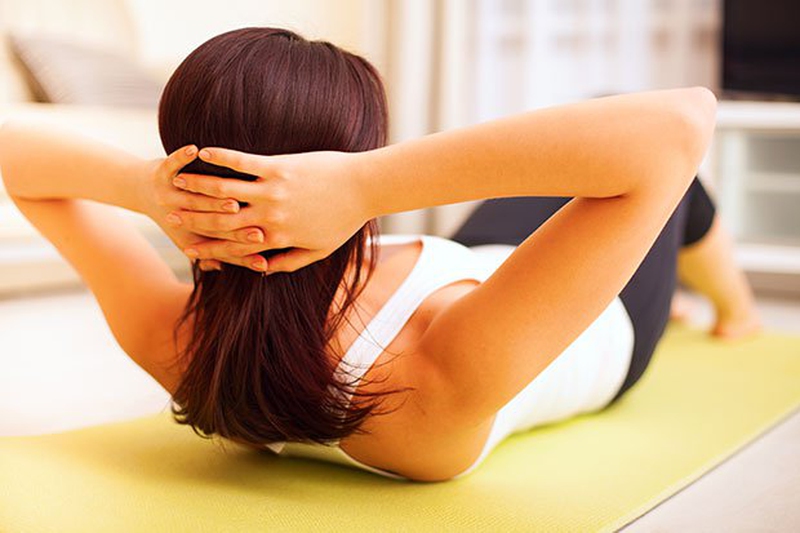Most believe being physically fit relates to how far and how long you can run or how much you can lift at the gym. While these may make up some components to being physically fit, there is much more to it than that. Being physically fit relates to your ability to accomplish physical activities with the assistance of specific attributes. Depending on the activity you are doing, how long you can endure the activity and how intensely you can achieve this activity all make up your physical fitness. There are actually five components of physical fitness that you should be aware of. Cardiovascular endurance, muscular strength, muscular endurance, body composition, and flexibility will all determine your physical fitness. Read on to learn just how you can assess your physical fitness when you look at each of these components.

Cardiovascular endurance
When you look at your cardiovascular endurance, you are looking at how well the heart and lungs work together. These two vital organs deliver oxygen to the body and supply it with the proper nutrients while getting rid of harmful toxins and waste. When the heart and lungs work together properly, the body is able to get enough oxygen and nutrients to withstand various activities. The heart should be pumping oxygen-rich blood to the rest of the body which allows the muscles to function properly. If the heart is functioning properly and the lungs are working with the heart well, then you should not feel tired or fatigued while engaging in physical activity.
To help improve your cardiovascular fitness, consider swimming, walking, jogging, running or cycling. Since this type of endurance is also referred to as aerobic fitness or cardiorespiratory fitness, aerobics are also a great way to improve the levels of your cardiovascular endurance.
Muscular strength
Muscular strength can be broken up into three different class strength:
Maximum strength which is the greatest amount of force used for one maximumcontraction .Elastic strength which refers to your ability to use a fast contraction to overcome resistance.
Strength endurance which refers to how many times you are able to apply this force
Muscular strength, in simple terms, measures the amount of strength your muscles use to lift weight or exert energy. As one of the components of physical fitness this component can be improved by including weight training exercises into your workout routine every other day. Lifting weights and weight training exercises like back extensions, push ups, bicep curls and leg extension are all types of exercise that can help strengthen your muscles, as well as improve your muscles endurance.
Muscular endurance
Having good muscular endurance refers to your ability to complete an exercise over and over without feeling tired. Muscular endurance and muscular strength may seem like the same thing, but they are actually quite different. While muscles strength refers to your ability to overcome resistance by lifting weights for a certain amount of time, muscles endurance refers to your ability to engage in weight training repetitions without becoming fatigued. Being able to perform repetitions during strength training exercises can show you have good muscular endurance.
The exercises to improve this include aerobic endurance exercises, anaerobic exercises, speed endurance exercises and strength endurance exercises. To help improve your level of muscular endurance, consider including various strength training exercises into your workout routine. Cross-training, jogging, and running are all ideal strength exercises that you can try. When you are able to perform more repetition during a strength training, you will have good muscular endurance.
Body composition
The amount of fat in relation to the amount of lean muscle mass that makes up your body is used to determine your body composition. The ratio of fat to muscles that makes up your body composition is an important factor as one of the components to physical fitness. This composition takes into consideration your body type, height, weight and frame size in relation to how much lean mass muscles you have. Muscles mass will include the muscles, vital tissues, organs and bone mass your body contains. Your body composition has a direct effect on your overall physical fitness level.
Flexibility
When it comes to flexibility, this is one of the major components of physical fitness. Being flexible relates to your joints ability to move with a full range of motion. Maintaining joint flexibility will result in fewer injuries.
When you perform any type of movement, there are two major groups of muscles that work
Yoga, stretching,
View All Comments /Add Comment